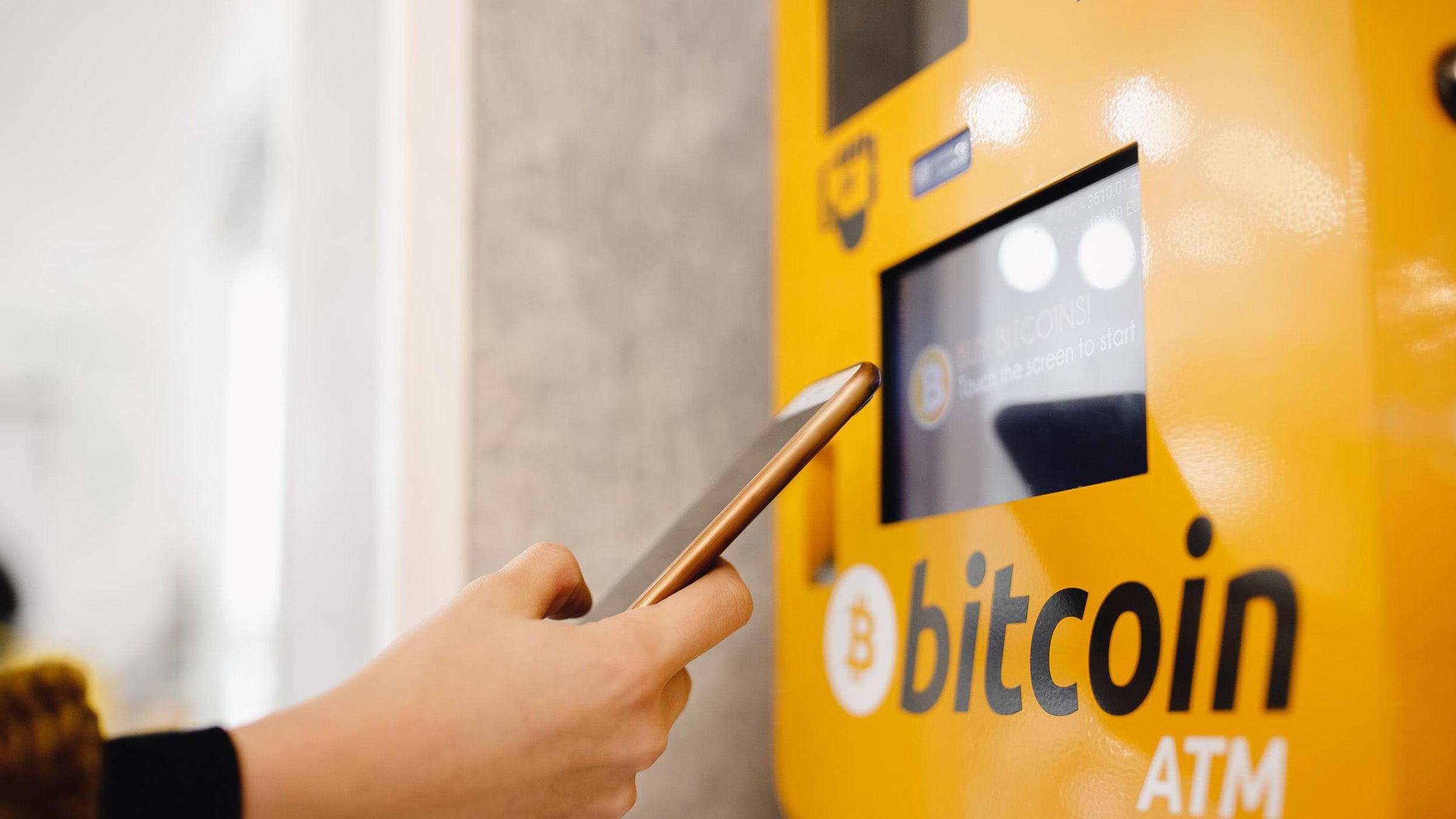
ETF Getting more out of your cash allocation
Discover alternative cash management solutions that may be able to offer enhanced returns versus overnight deposit rates.
If you want to maintain your standard of living in old age, you'll probably need a private pension. But other dreams in life, such as financing your own home, sending your children to school or travelling for a longer period, could also be realised with a good financial cushion. Our ETF savings plans is designed to help you to start saving early with small amounts. Calculate your personal savings plan with our ETF Savings Plan Calculator and discover the most popular ETF savings plans from Invesco.

Savings plans allow investors to save from as little as 5 CHF monthly or quarterly and/or to invest a larger sum on a one-off basis. The sooner you start saving, the better. Savers benefit from what is known as the compounding effect, where returns can add value on top of the savings rate.
Calculate the final capital (total savings) by optionally specifying the initial capital, the monthly savings rate, the performance based on different investment options and the term (investment duration). The outcome is based on past calculations.
To buy an ETF, you need a custody account. You can open an account with your bank or broker. Now you need to set up a savings plan. You decide how much you want to save each month or each quarter - you can calculate this using our savings plan calculator. Decide how long you want to invest and choose an ETF to save in, which also reflect your risk appetite. We work with many partners through which you can buy ETFs from Invesco.

These Invesco ETFs are frequently saved by investors**.

Discover alternative cash management solutions that may be able to offer enhanced returns versus overnight deposit rates.

Investing in digital assets is now easier than ever with Bitcoin ETPs becoming more accessible globally. Learn more about the rise of bitcoin and why it matters now.

October posted the second-highest flows after September’s record, with US equities surging and fixed income ETFs hitting an all-time high.
ETFs are exchange-traded funds (also known as index funds). They track an index and have a low cost structure. A savings plan allows you to plan your investments individually. Depending on your personal risk profile, investment horizon and available capital, you can either save a monthly amount in a savings plan or save a larger amount as a lump sum in a savings plan. You can also combine the two. With our ETF Savings Plan Calculator, you can start your personal financial planning in a few simple steps. You can find suitable ETFs in our product selector.
With our ETF Savings Plan you can start your financial planning in simple steps. You decide how much you want to invest each month or as a lump sum. You can even combine the two. You also choose the investment period, i.e. how many years you want to invest your capital. The longer you save the better. Our ETF savings plan calculator will then show you how much your capital could have grown in the past. However, these amounts are not guaranteed, as no one can predict what will happen on the capital markets. You can find suitable ETFs in our product selection. All you need to do now is open a custody account with your bank/broker and start investing in an ETF.
You can decide how much money you want to invest. It depends on your personal financial situation and how much money you have to invest on a regular basis over a number of years. You can make regular monthly deposits of a certain amount or make a one-off investment of a larger amount. It is also possible to combine the two.
In principle, when it comes to investing money, the earlier you start, the longer you save. The advantage of long-term investing is that if the markets do not perform well, this can be offset by positive market phases. For example, if the markets do not perform well because of a crisis, history has shown that they usually recover in the following years. With a short-term investment horizon, there is a greater risk that losses will not be recouped. Savers also benefit from compound interest. Interest is added to the invested capital, which generally increases returns.
If you want to save money for your retirement, you should invest for the long term, over many years if possible. ETF savings plans are a good way to do this, as you can start saving with relatively small amounts of around €50 a month. Over a period of 20-30 years, this could add up to an amount that could potentially cover your pension gap. This is because today's state pensions are often insufficient to maintain your standard of living in old age. ETFs also have a relatively favourable cost structure.
Which ETF is right for you depends on your personal investment objectives, risk profile and investment horizon. If you are unsure, we recommend that you contact a financial adviser for expert advice on suitable investment options.